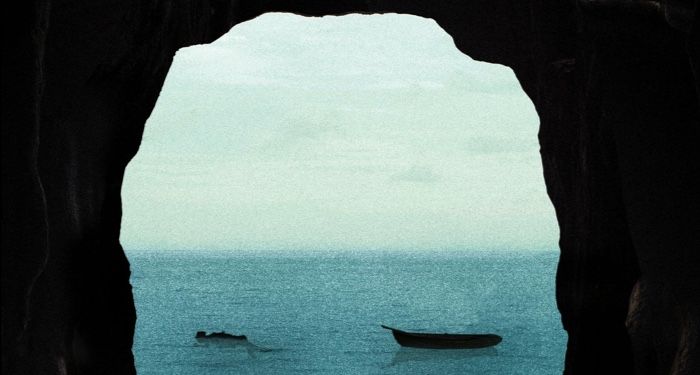Phytoplankton — photosynthetic organisms — utilise sunlight to live and grow. They are a crucial part of the food web, considered to be the foundation of all life on the planet. But, when it comes to developing global ocean biogeochemistry models, scientists tend to neglect the day/night (diel) light cycle even when it is critical for photosynthesis in the primary producers of the ocean. The gap has been now plugged by scientists from the Marine Biological Laboratory (MBL), who incorporated the diel cycle while developing their models aimed at analysing its effects on phytoplankton.
The team believes that understanding the process through which phytoplankton get their energy at the base of the food web can help shed light on the interactions of the rest of the global ocean food web.
In their model, the 15 simulated phytoplankton types were exposed to natural light and dark cycles over the global ocean. The team then compared it to a control simulation using the same phytoplankton model. However, this time the light period was kept at an average of 24 hours.
The simulated phytoplankton were in different cell sizes and were divided into two different groups namely gleaners and opportunists having two broad ecological strategies. While gleaners simulated smaller cells having high nutrient affinity, the opportunists simulated large cells that have a higher maximum growth rate but low nutrient affinity.
The findings revealed that the diel cycle did affect the simulated phytoplankton. “We know that a lot of traits of different phytoplankton are based on the day/night cycle. Some dinoflagelletes go deeper [in the water column] to get more nutrients and then go up to photosynthesize. Some store carbon during the day, so they can use it at night,” said Ioannis Tsakalakis, a postdoctoral researcher at the Ecosystems Center.
Tsakalakis is the first author of the study published in Global Ecology and Biogeography.
The study also found a link between the diel cycles and higher concentrations of limited nutrients. This indicated that more simulated opportunists were present than gleaners at lower latitudes (−40° to 40°) when compared to the control simulation. The mechanism was observed to be less important at higher latitudes. Here, the effects of the seasonal light cycle were more impactful than the diel cycle.
According to MBL Senior Scientist Joe Vallino, the model can help improve our understanding of the functioning of the ocean. He added that with better models, scientists might be able to discover possible solutions to climate change while avoiding unintended consequences.
For the latest tech news and reviews, follow Gadgets 360 on X, Facebook, WhatsApp, Threads and Google News. For the latest videos on gadgets and tech, subscribe to our YouTube channel.






